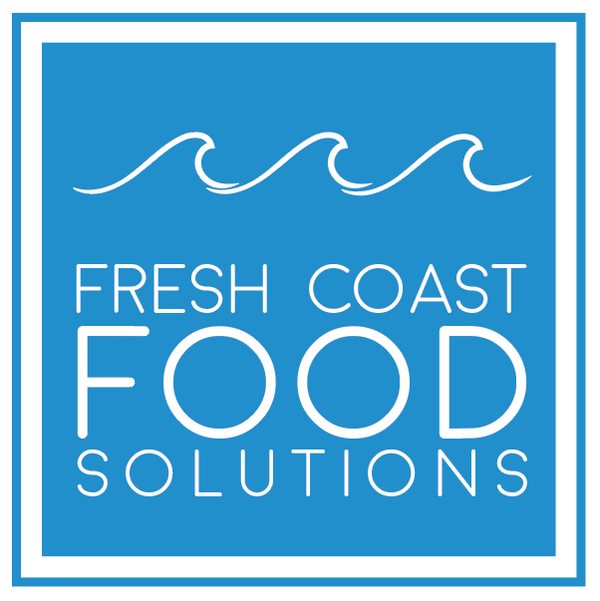In the fast-paced world of food production, keeping a tight grip on costs is crucial for survival. Fluctuations in ingredient prices, unexpected spoilage, and inefficient practices can quickly erode profit margins. The good news? By implementing a cost-tracking system, you can gain valuable insights and make data-driven decisions that keep your bottom line healthy.
Let's delve into the world of food production cost tracking and explore the key takeaways that will empower you to take control.
The Pillars of Cost Tracking
There are three main areas to focus on when tracking costs in your food production facility:
-
Ingredients: This is often the biggest cost factor. Implement a system to monitor ingredient usage against pre-determined recipes. This can be done through software or even detailed spreadsheets. Track both the quantity and cost of ingredients received, ensuring accurate costing based on real-time market prices.
-
Labor: Employee wages and benefits are significant expenses. Track labor hours associated with specific production runs. Identify areas where processes can be streamlined or optimized to reduce labor costs without compromising quality.
-
Yield and Waste: Production can sometimes be better. Track both the amount of finished product you get from your raw materials (yield) and the amount that gets wasted due to spoilage, trimming, or errors. Analyze trends and identify opportunities to minimize waste, a major cost culprit.
Real Solutions
Regardless of whether you are using pen and paper, a spreadsheet, or a modern ERP system for tracking your cost. This is a crucial process to keep your eye on profitability and long-term sustainability. You can do this and control the cost. It often seems overwhelming when you first start looking at everything. Soon, though, you will know exactly what .05 ounces of garlic cost you. You will learn how cooking your best-selling sauce loses X% of its weight, reducing your overall yield. Fresh Coast Food Solutions can help you analyze where your spending and waste are in your system. For our Fresh Coast Incubator Members, we have free templates to get you started.
Using Spreadsheets is the best way to get started if you are new to this process. Start with your formulations and break down each component into one unit of measure. For example, you might buy 5lb bags of carrots. The recipe might call for 16 ounces of carrots to be used. Building out a chart to track these items is relatively quick and easy. Adding formulas to your spreadsheets makes it even easier to manage. Below is a simple view of what that could look like for you.
| Raw materials | Unit of measure | Cost | Unit cost in ounces |
| Carrots 5lbs | pounds | $5.00 | $0.0625 |
| Formula | Quantity | Cost |
| Carrots | 16 ounces | $1.00 |
| Sugar | 5 ounces | $1.02 |
| Salt | .5 ounces | $0.09 |
| Veg Oil | .5 ounces | $0.01 |
| Totals | 22 ounces | $2.12 |
Remember, additional costs should be put into the formulation, not just the raw material cost.
You have labor, facility, marketing costs, and other things that need to be added to the cost of goods as well.
Key Takeaways: A Recipe for Success
Here are the key takeaways to remember when it comes to cost tracking in your food production facility:
- Embrace Transparency: Accurate data is paramount. Invest in systems and processes that ensure all costs associated with production are meticulously tracked.
- Embrace Automation: If possible, don't waste valuable time on manual data entry. Leverage our templates to help automate data analysis, freeing your team to focus on strategic initiatives.
- Embrace Regular Analysis: Don't just collect data – use it! Schedule regular cost reviews to identify trends, pinpoint areas for improvement, and measure the effectiveness of any cost-saving actions you implement.
- Embrace Continuous Improvement: Cost tracking is an ongoing process. Regularly evaluate your systems and identify opportunities to refine your approach further. By fostering a culture of continuous improvement, you can ensure your cost-tracking efforts remain effective.
The Bottom Line
In the competitive world of food production, a proactive approach to cost tracking is a necessity. By implementing a system that tracks all aspects of production costs, you gain the power to make informed decisions, optimize processes, and, ultimately, ensure the long-term success of your food brand. Remember, a well-tracked cost is a cost you can control. So, take charge and start taming the food cost beast today!

